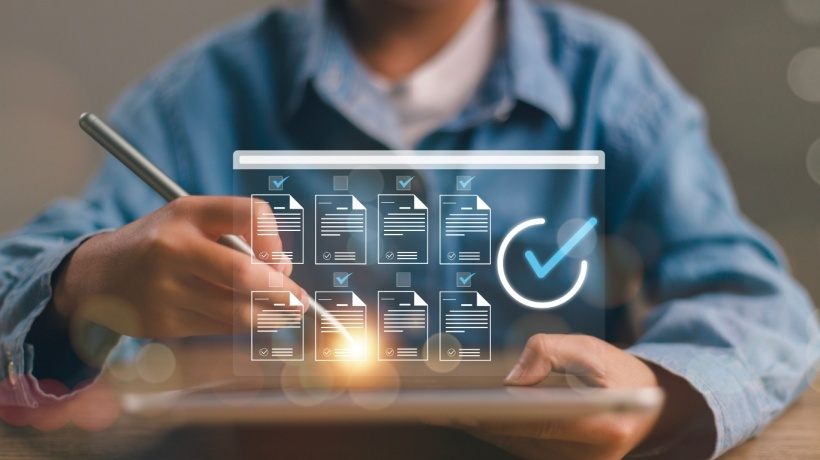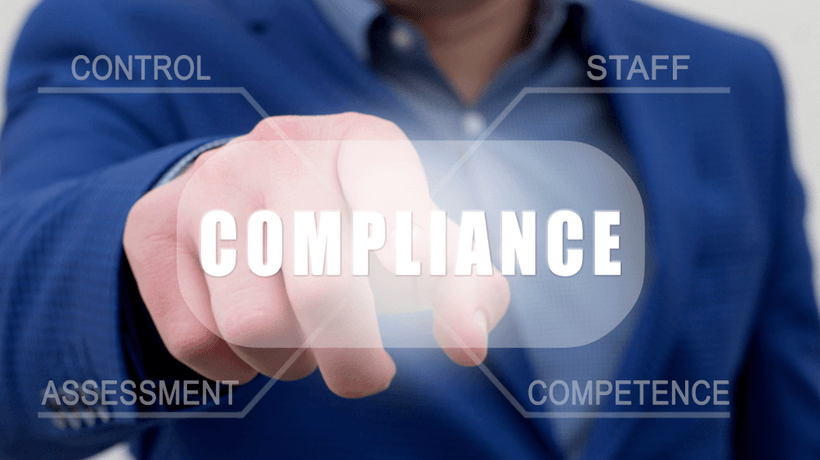Improve Your Team's Performance With Assessments
Organizations are often torn between a lack of time, resources and know-how. Moreover, to get the best out of every employee, it's important to assess every employee on an individual level.
What Is Employee Training?
When entering an industry or even a new job, the best workers understand they are and always will be students. On that first day of the job, they expect to have a certain level of training, even if they’ve been in the field for decades. That’s because each workplace has its own mission, beliefs, processes and general ways of doing things.
Employee training is also important for those who have been at a job or position for a long time because processes, goals, technology, teammates and even leadership often change. In this current work landscape, the only thing that is certain is that nothing is really certain at all.
That being said, employee training involves identifying the educational needs of employees and selecting the right course in order to help them improve performance.
Pawel Lawrowski, head of growth at Tidio Live Chat:
At Tidio Live Chat, there is a lot of interaction between team leaders and employees. Weekly performance meetings are organized to make online course suggestions. The team leaders regularly review the performance of employees and make their own suggestions for skillset improvement. If there’s a need to learn a new skill, they provide the employee with in-house training or access to the best online courses.
Direct feedback from employees is extremely valuable, but unfortunately often rare. As an organization, you need to be able to follow up on your team’s performance and motivation. Only then, you can decide which courses are in place for which employees to optimize productivity on the work floor.
Why Is It Important To Follow Up On Performance?
Uninformed or untrained employees can make or break the overall success of a company. They can become a drain on the culture, productivity, and wellbeing of other employees and the business as a whole.
A lot of organizations struggle with finding the right training solution for their employees. Allison Chaney, former business owner and chief digital training officer at Boot Camp Digital, confirms:
We struggled with finding a training company that could deliver something to our team that had actual value. I sold my agency and transitioned to Boot Camp Digital as their Chief Digital Training Officer for this reason. I saw the need for a quality training program in agencies and organizations to move forward into an efficient and effective team that gets results.
The first step to determining the training of your employees—future and current—need is to identify where they currently stand. Of course, those onboarding are basically a clean slate and need to learn basically everything about your business. However, it’s important to follow up on the performance of current employees, too.
Are there parts of the business, leadership or company goals they aren’t understanding? Are they not reaching the standards you have for them? All of this needs to be determined in order to decide on effective training to get them up to speed.
How To Build An Assessment Process
1. Define The Structure Of Your Organization
The first step to creating a training program is taking a deep dive into your business, the current state, and where you would like to see progress. Look at the teams you have set up, the departments within the organization, the processes and anything else that can provide insight into where your business is now.
What is the current structure of the business? How is that working with your team? How is their performance? Productivity? Skillset?
Jeilan Devanesan, a content marketer at Venngage, calls this phase the “Training Needs Analysis”:
First, determine your organizational goals and objectives. Second, determine what the necessary knowledge and skills of your employees need to be for you to achieve your organizational goals. Define or review your organizational goals and objectives. They should be clear and specific. Your stakeholders, executive team, and leadership team should also be on board. This ensures everyone is aligned and ready to move forward together.
2. Define The Concepts You Want To Measure
Once you identify your objectives and organizational goals, think about how your employees fit into the overall success of your business. Maksym Babych, CEO at SpdLoad explains how he distinguishes the primary stages for diagnosing staff training needs:
- Define learning objectives
- Determine the personnel structure and policies for each category of employees
- Analyze the training needs
- Choose forms and methods of training
What would it take for your company to flourish? Where are your employees succeeding, and where are they struggling? How much are they struggling? All of this can be determined using an assessment.
3. Create A Questionnaire For Your Assessment
“Finally, what do your employees know? Where do they fall on the spectrum of your ideal level of knowledge and skills,” Devanesan says. “You can determine this through questionnaires/surveys, employee shadowing, or performance assessments. Further your understanding by asking for their feedback on any roadblocks that may prevent them from meeting or exceeding expectations.”
As simple as it sounds, the best way to gain insight from your employees about what they do and do not need to learn is simply to ask them. If they know what educational resources they need, at all.
“An employee self-assessment is remarkably insightful, as people tend to have a clear understanding of what their needs are on the job,” Nikola Baldikov from Brosix adds. “For the best results, this self-assessment should be done based on a clearly understood competency framework that outlines the different skills, knowledge, and mindsets that employees should possess.”
Create an assessment based on what is important to you and your business. Gauge your employees’ understanding of these important concepts to determine what to focus on with your employee training.
Boot Camp Digital created a pre-training survey to gauge the skill level and interest of the team. This allows them to customize the training for maximum impact. In addition, they have an online Digital IQ test that allows users to test what they know and determine if our training is a good fit. “Ultimately, having a test or survey to gauge skill set and knowledge level is critical in determining the type of employee training that is the best fit,” Allison Chaney adds.
4. Include A Feedback Report
Once your employees take part in the assessments, you’ll need the responses in order to move forward with any form of training or coaching. Make sure the assessment feedback is available to everyone involved—you, your team and each individual employee.
It’s important that everyone is on the same page after participating. You can generate an automated report on different levels to facilitate the process in a pre-structured way. Your employee will receive a personal report and you can get individual reports of your employees based on predefined variables.
5. Discuss The Outcomes In Sessions
Once employees take part in the assessment and everyone receives feedback, take time to discuss the findings. Explain why they are important and open up a conversation with employees about how to best address the results. Do they have recommendations on how to move forward? What do they believe is causing any deficits? What is stressing them out?
You can discuss the team report in the next team meeting, and go over the individual report in your one-to-one meetings to identify training needs on the employee level.
This shouldn’t be done all at once. Instead, break the feedback and discussions up into various sessions spread over a longer period. Give everyone time to interpret the findings in the report. This will make the outcome much more digestible and encourage employees to provide their feedback in an environment where they aren’t overwhelmed.
6. Define Future Objectives For Training
Now comes the training! After receiving and discussing the reports, you have the ability to specifically target in which areas your employees need training. What do you hope they learn from the training sessions? How will it help them and the business overall? Be transparent with employees, and they’ll be more willing to take part in additional training. Self-development results in motivated, happy, productive employees!
Conclusion
Even the best businesses should take a look at their HR policy and determine where additional training is needed. Treat continuous learning as a way to get to the next level and improve the overall health of the business as well as the wellbeing of the employees. A business where everyone is on the same page and continually willing to learn is one that is going to succeed.








